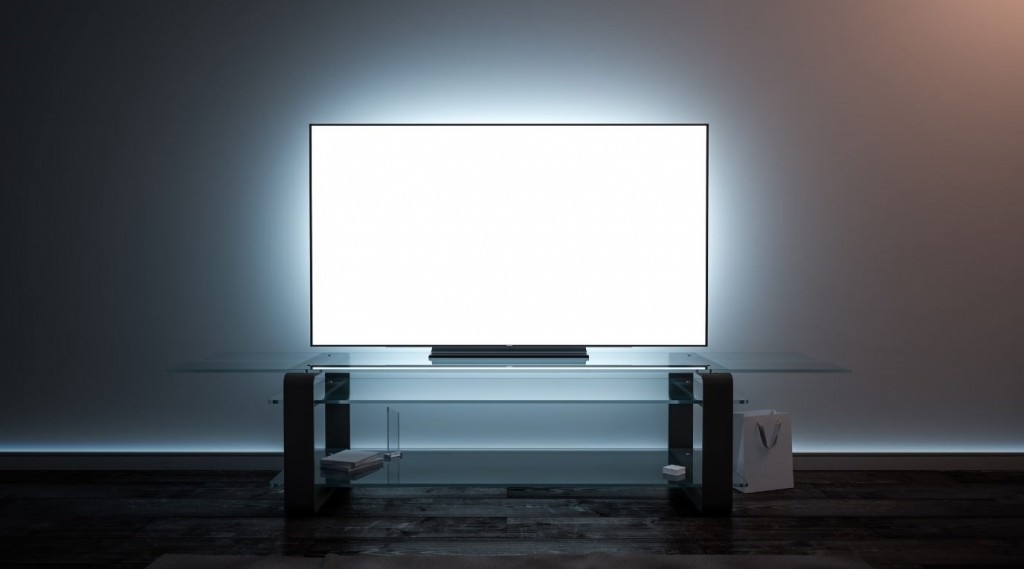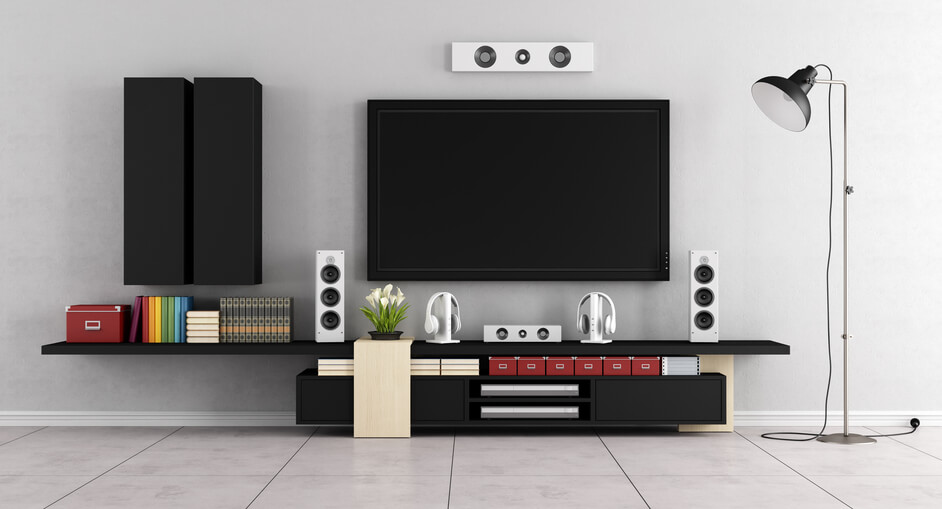We’ve not had 4K TV for very long, but the cinemas are already branching out into 8K and 4D. If you’re an entertainment enthusiast, then you may have already seen cheap 8K TVs on the market, but you might not yet be aware of the 4D cinema or TV. This article will give you all the information you need to know whether 4D entertainment is right for your household.
What’s 4D Cinema?
4D means different things depending on its application. Once upon a time in the late 19th century, 4D TV was the official name for extrasensory TV experiences – the next step up from 3D TV, as it were – and was occasionally referred to jokingly as ‘smell-o-vision’. Nowadays, the term 4D TV has branched off in two distinct directions for TV and cinema.
Regarding the cinematic experience, the term ‘4D’ is used to refer to a film viewing experience that transcends the senses of sight and hearing. This means that the viewing might involve anything from vibrating seats to bubbles, strobe lighting, fog, or even a little indoor rain.
There are two types of 4D cinema currently available in the UK: 4DX Cinema and D-Box. The D-Box uses moving seats to enhance the film, so you won’t get the full sensory experience that a 4DX cinema provides. 4D cinema is a great new way to enjoy films with children or disabled individuals looking for sensory entertainment. If any of these ideas interests you, then you might be curious to know when 4D cinema will reach home TV screens, read on to find out what 4D TV means and when we can expect more sensory entertainment in the home.
What’s 4D TV?
Regarding television, 4D means something else entirely. The term is embedded in TV technology from the early days of cable and satellite TV. It refers to Motorola’s creation of a transmission technology that acts against the loss of picture quality between transmissions, ensuring that the consumer receives the media at its best resolution on any of their TVs.
This minimises generation loss for information, which is great news for the future of television broadcasting and picture quality.

When Will 4D TV Come Home?
There would have to be a fair amount of construction to create your sensory entertainment room to bring 4D cinematic experiences into the home and, as such, the home 4D TV is yet to take off. On the other hand, there is a history of testing various gimmicks on normal cheap LED TVs, so we can’t rule out the possibility that 4D TVs might be a thing of the future.
For example, we’ve seen a lot of experimentation with cheap 3D TVs which show that those in the television manufacturing business aren’t afraid to play with the design of their product. One gimmick that’s here to stay is ambi-lighting – TVs which throw coloured light out behind the screen to reflect the mood of the scene – so it’s clear that consumers are interested in TVs that increase sensory engagement.
Recently, the company Nanoleaf created a ‘Screen Mirror’ to make your television’s ambi-lighting more central to your viewing experience. Nanoleaf themselves have described the screen mirror as a ‘4D experience’.
4D TV might take a different form as VR – Virtual Reality – becomes more commonplace, too. 4D Is all about increasing how we can experience media; combining VR goggles with electric-powered vests now allows media to interact with you on a physical level. This may mean that 4D will avoid becoming an addition to every popular TV and instead stay in the realms of fairly obscure gaming platforms.
Another way in which we see our entertainment changing is the introduction of the 360-degree video, most prominently seen on Facebook but can also be found on YouTube (usually advertising hotels with virtual tours). Previously, the image we saw on our screens was very controlled, but a 360-degree video allows the viewer to look around for a more unique experience.

The possibilities for the future of television are endless and very exciting, but if you aren’t interested in purchasing any of the strange gimmicks for your own home, then you might be more suited to one of our fabulous QLED TVs. These Samsung-exclusive televisions use the latest technology to deliver crisp images with fantastic colour contrasts, and you might even find some with the ambi-lighting feature that we discussed earlier.


 My Cart -
My Cart - 






